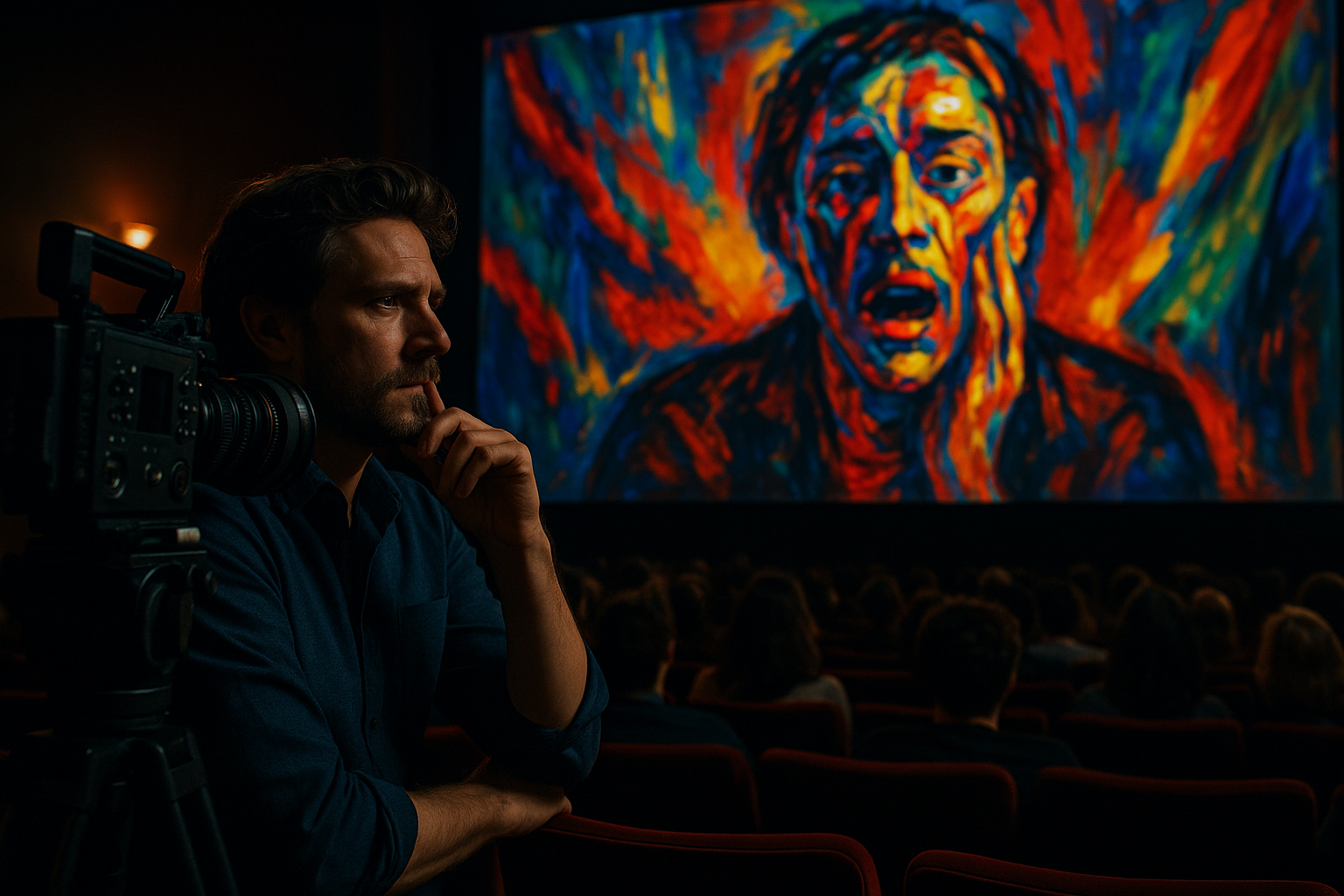Monetizing Short Films: Practical Paths on Digital Platforms
Short films can reach audiences and generate income through a mix of digital strategies that match creative goals and practical constraints. This article outlines measurable approaches—platform distribution, festival visibility, direct sales, and alternative formats like podcasts or music-led releases—so filmmakers can choose revenue paths that align with their work, audience, and resources.

How can streaming platforms help short films?
Streaming platforms offer a primary route to visibility and ongoing revenue for short films. Platforms like YouTube provide ad-based returns and audience discovery, while curated services and niche streaming sites can position a short film for paying viewers or subscription sharing. For filmmakers, the choice of platform influences format, metadata, and promotional strategy; optimizing titles and descriptions for cinema and film audiences improves discoverability. Consider rights windows and exclusivity clauses, and match a platform’s audience with the film’s tone—documentary shorts and experimental pieces often find different homes than narrative festival-bound works.
What role do festivals, exhibitions, and culture spaces play?
Festivals and exhibition spaces remain central to short film recognition and secondary income opportunities. Festival screenings can lead to awards, press, or curator interest from galleries and cinema programs, which in turn raise a film’s profile for distribution deals. Exhibitions and cultural events also allow filmmakers to sell screening licenses to institutions or include shorts in themed programs. Programming a short into local events, cultural festivals, or gallery nights creates cross-disciplinary exposure that supports future bookings and licensing conversations with museums, cultural organizations, and art-house cinemas.
Can music, podcasts, or scores boost revenue for shorts?
Music and audio adaptations extend a short film’s reach. A distinctive score can be licensed separately, and releasing soundtrack tracks via streaming services opens a passive revenue stream tied to the film. Podcast adaptations—director interviews, behind-the-scenes series, or narrative audio versions—can deepen audience engagement and create sponsorship or ad opportunities. Collaborations with musicians or theater performers can produce live performance events or hybrid screenings with music and dance elements, expanding ticketed performance revenue while reinforcing the film’s cultural footprint.
How to use performance, theater, and events for visibility?
Live events and performance tie-ins let short films reach paying audiences in formats beyond the screen. Pairing a short with a theater program, dance performance, or artist talk can justify ticketed entry and attract local press. Festivals and community events often promote bundled programs, so curating a night of shorts with related performances increases perceived value. For touring strategies, package a short with a director Q&A and workshop to offer venues and local services an active presentation that fits community calendars and education programs.
Where do gallery, photography, and design approaches intersect with film?
Short films can cross into visual art contexts where galleries and exhibitions showcase video works alongside photography and design projects. Presenting a short as part of an exhibition can involve sales of prints, limited-run photobooks, or design objects tied to the film’s visual language. These intersections also create licensing opportunities for installation screenings and collaborations with designers or photographers. Treating a short film as a multidisciplinary piece encourages multiple income lines—licensing for galleries, sales of related artworks, and commissioned projects linked to design and culture initiatives.
Which platforms and services support distribution?
Distribution options vary from open-access hosting to curated services that handle festival submissions and platform placements. Selecting services depends on whether you seek ad revenue, rental/sales income, or curated exposure. Consider factors such as audience reach, reporting tools for analytics, and options for festival-friendly delivery formats. Below is a concise overview of several widely used platforms and services that filmmakers reference when planning distribution.
| Provider Name | Services Offered | Key Features/Benefits |
|---|---|---|
| YouTube | Hosting, ad monetization, channel subscriptions | Large audience, ad revenue and membership tools, easy sharing for cinema and festival promotion |
| Vimeo | Hosting, On Demand sales, privacy controls | Cleaner presentation, pay-per-view or rental VOD, good for industry-facing showcases |
| Amazon Prime Video Direct | VOD distribution to Prime viewers | Access to large streaming audience and rental/sales model for film distribution |
| Filmhub | Aggregation to streaming platforms | Distributes to multiple VOD/FAST platforms, centralized rights management |
| Seed&Spark | Crowdfunding, distribution support, audience building | Tools for funding production and marketing, community-focused promotion |
Conclusion
Monetizing short films on digital platforms requires a mixed approach: choose distribution channels aligned with your film’s style and audience, leverage festivals and cultural events for credibility, and explore ancillary formats such as music releases, podcasts, or gallery installations. Combining platform monetization, curated exhibition, and live or design-driven events helps diversify income while building an audience over time.





